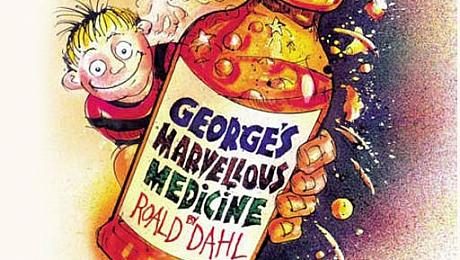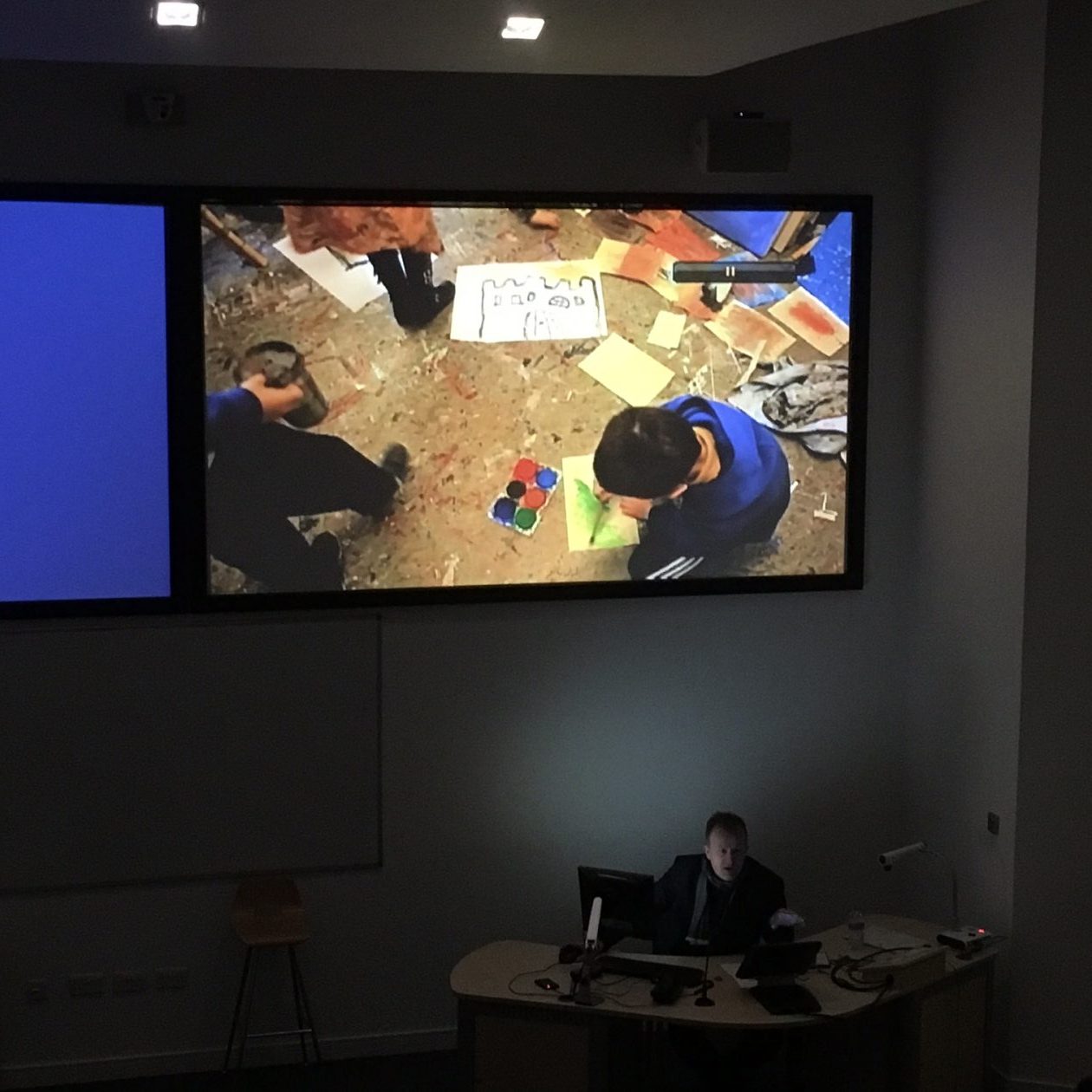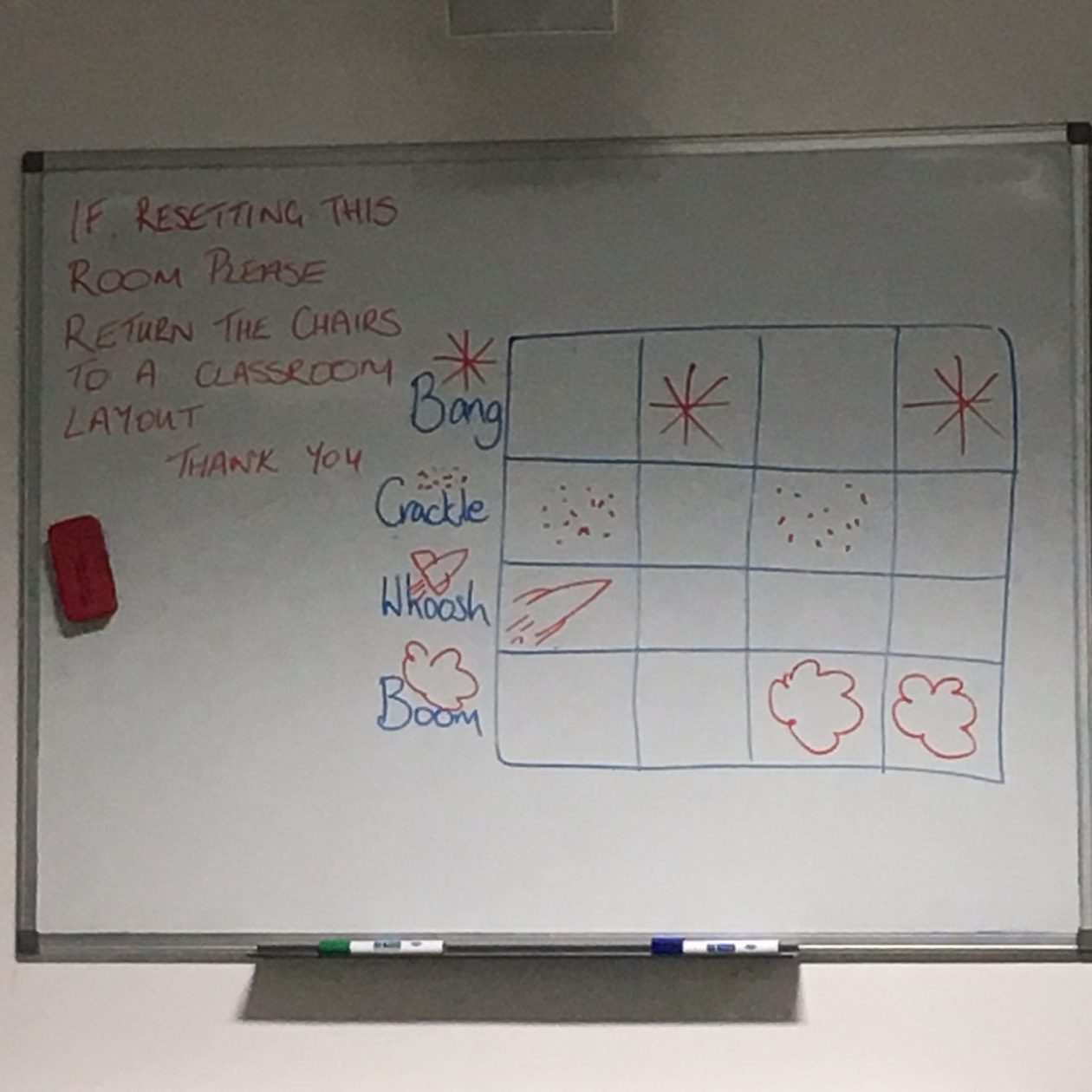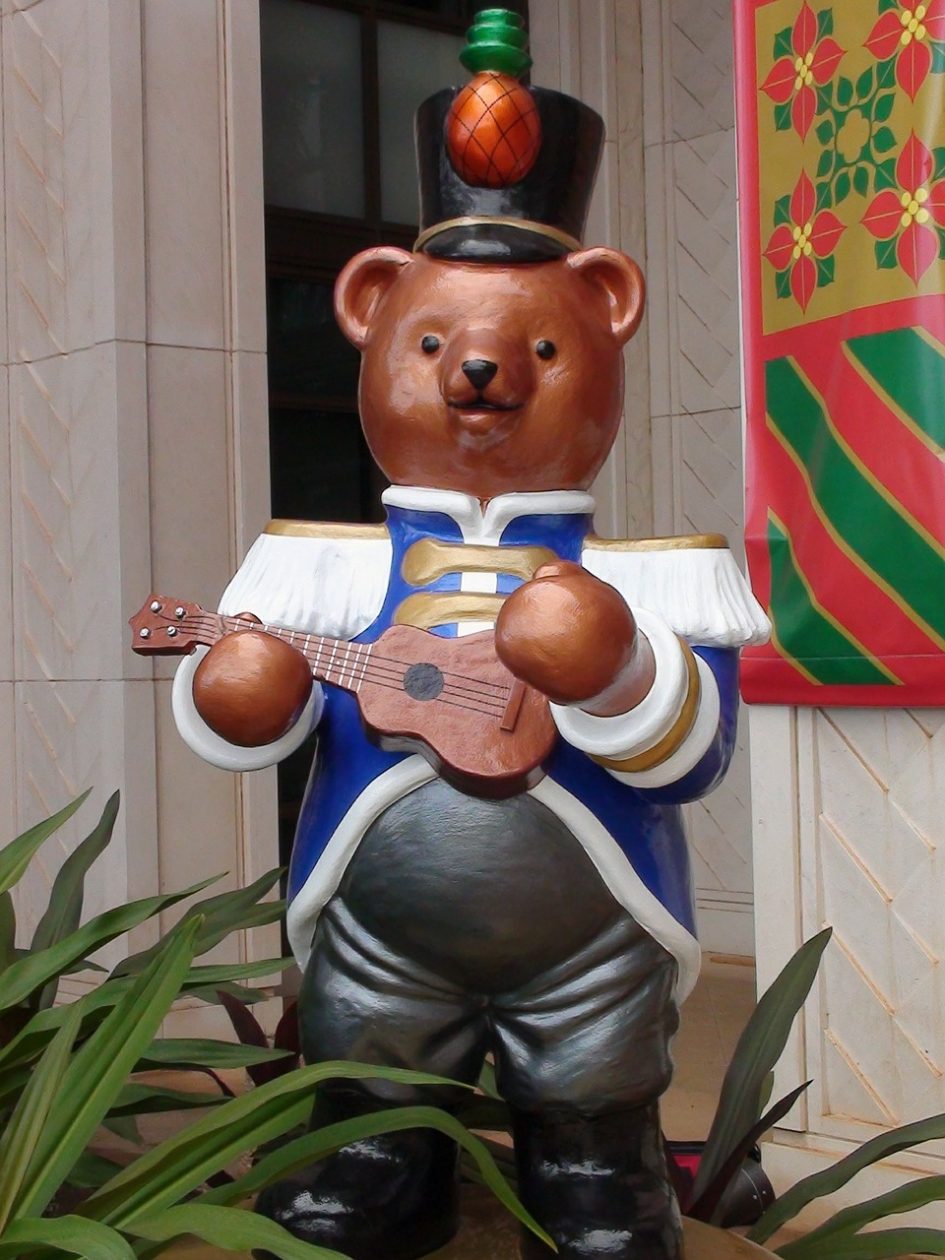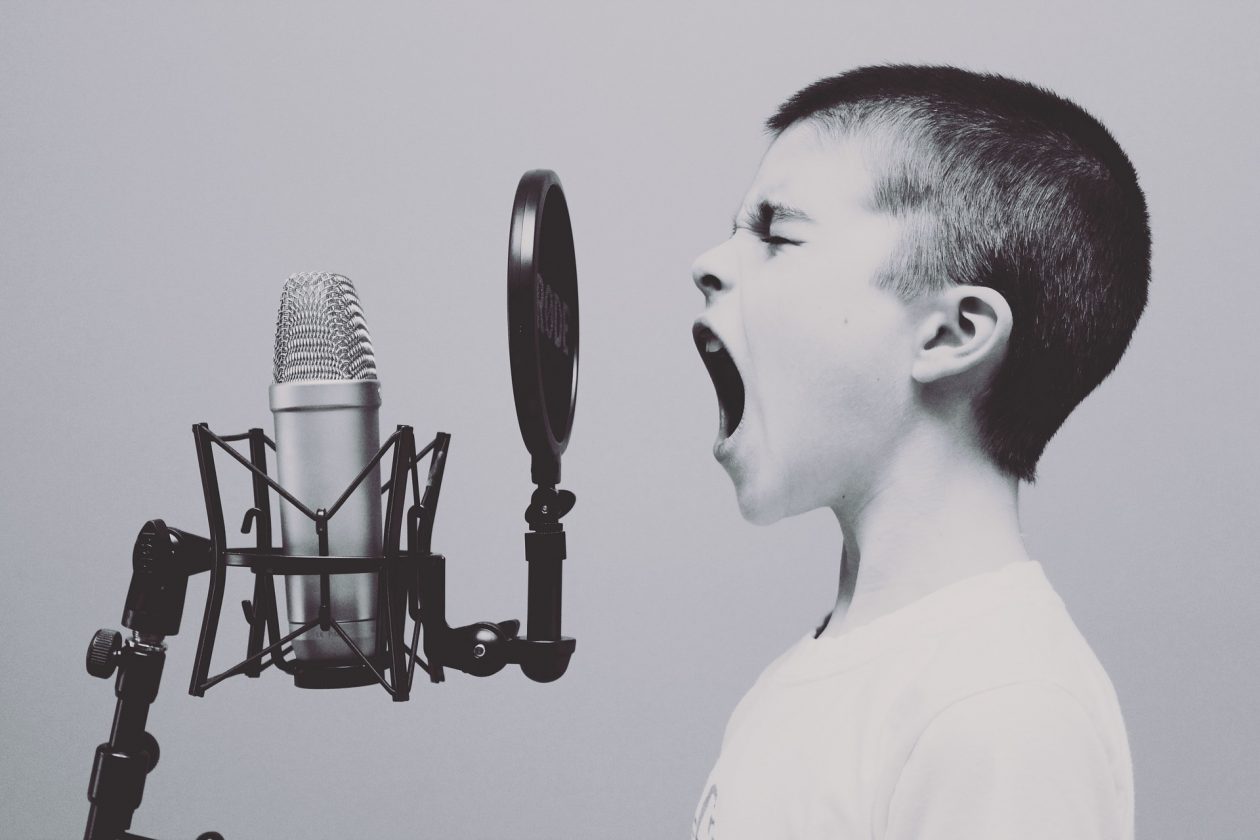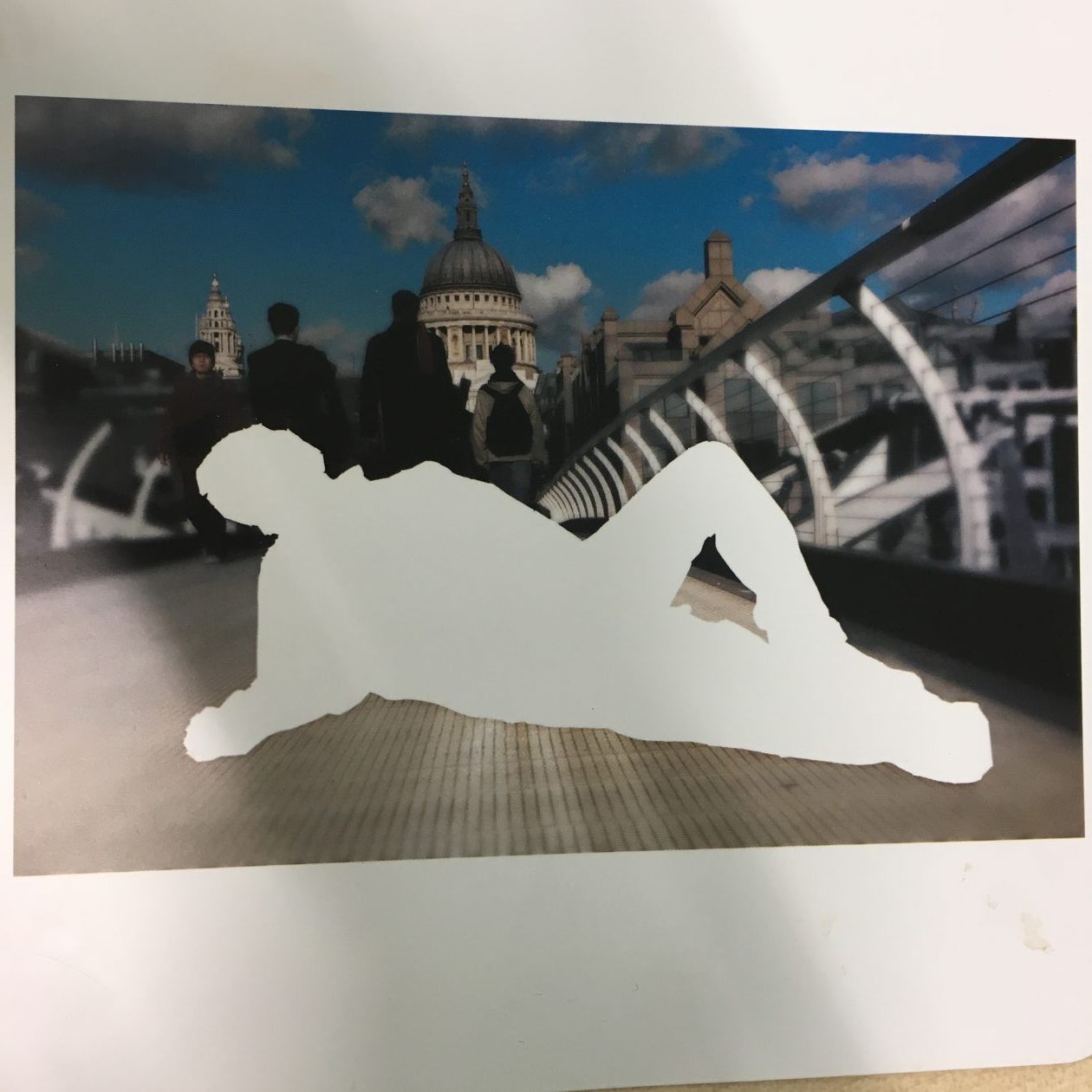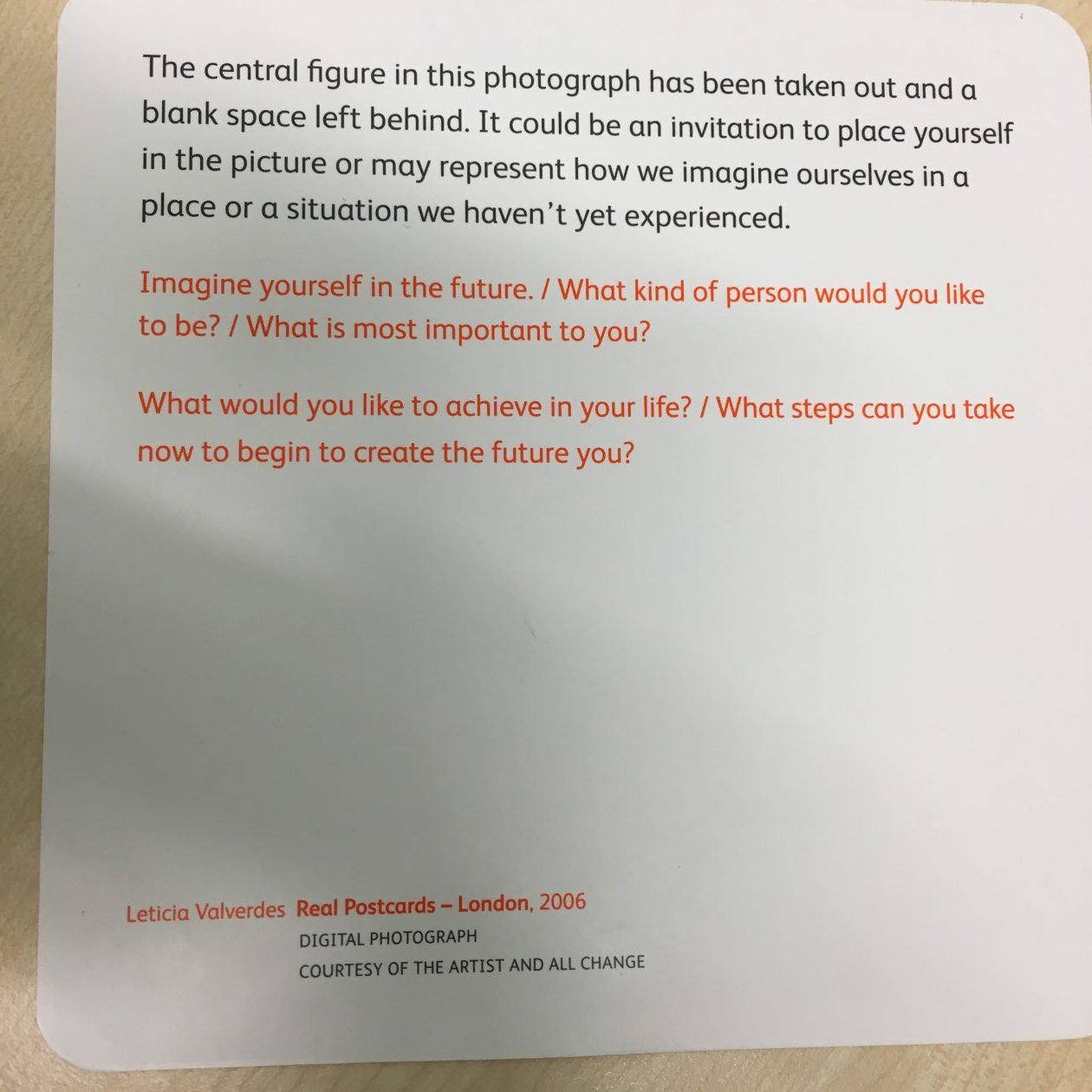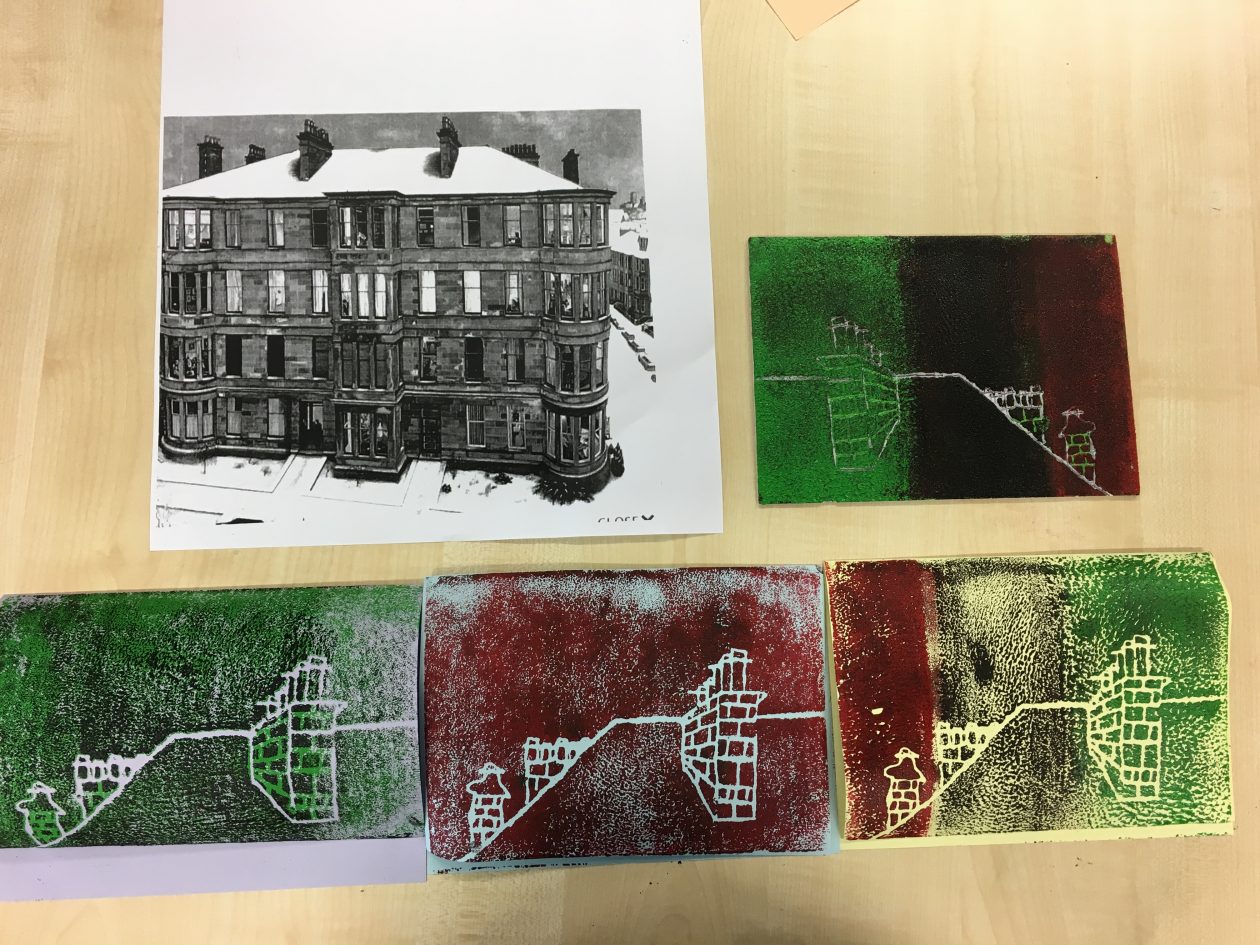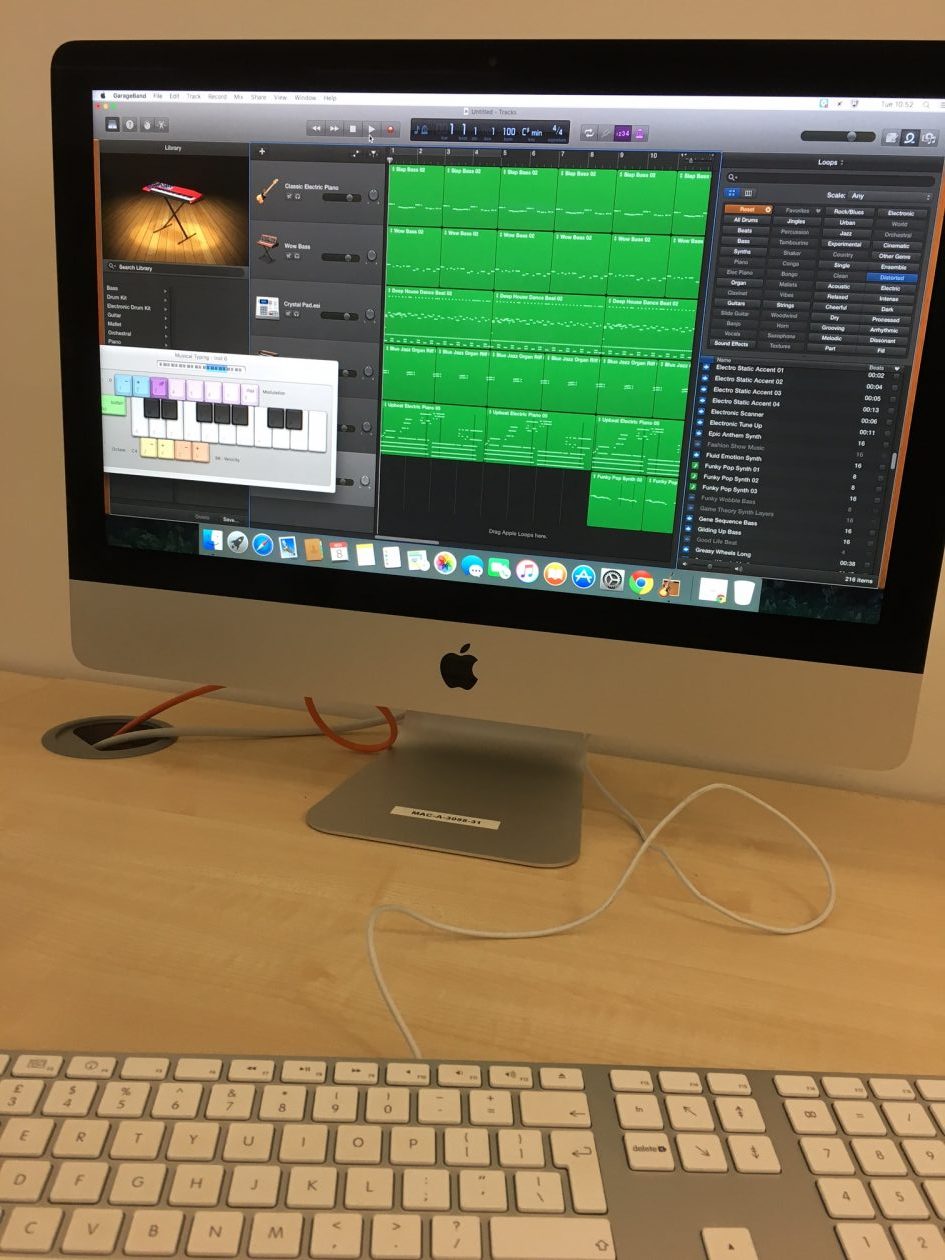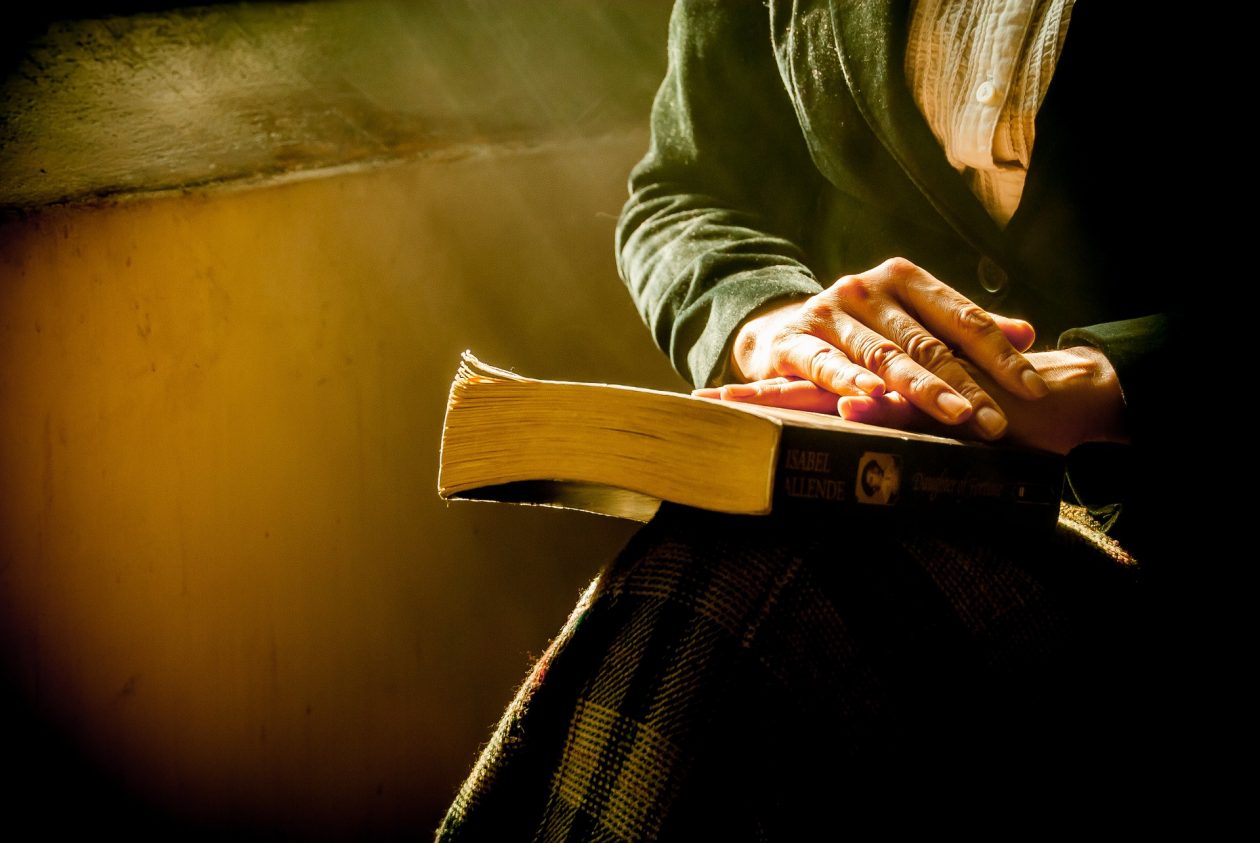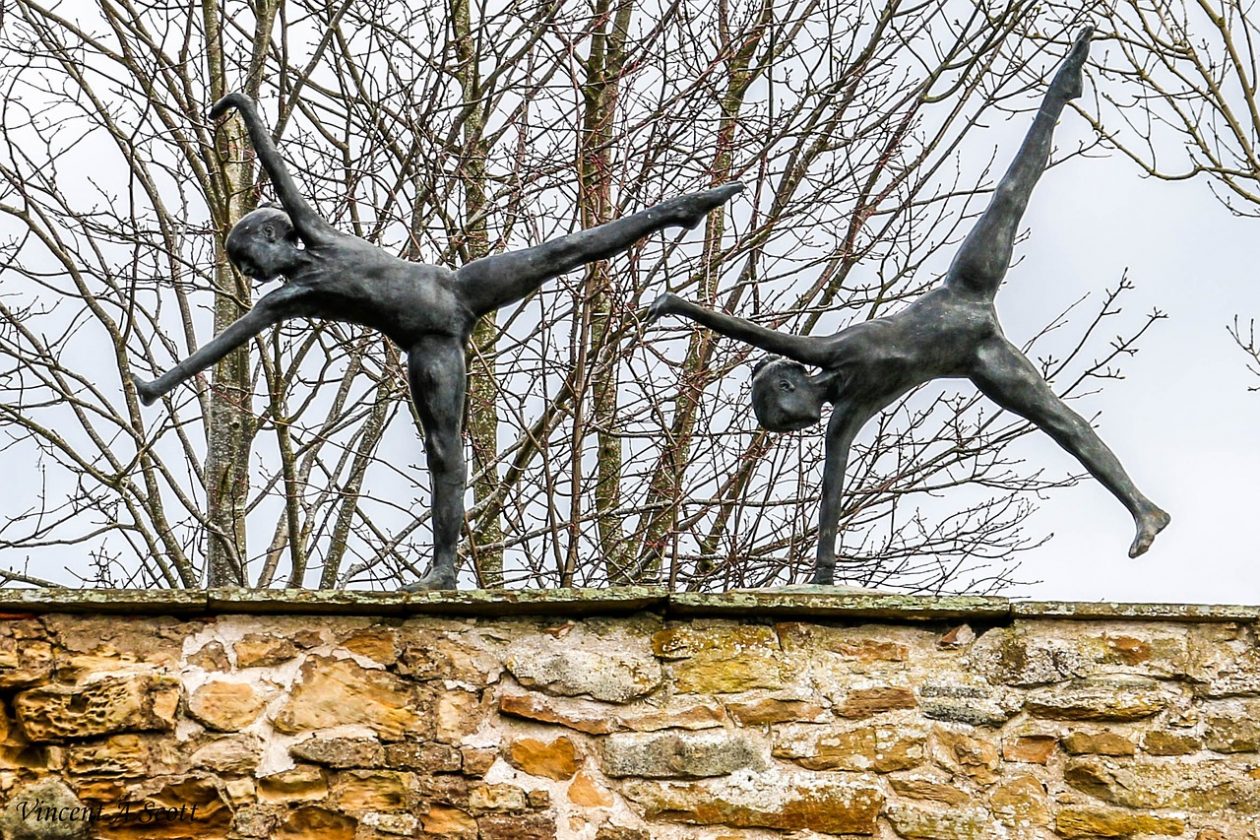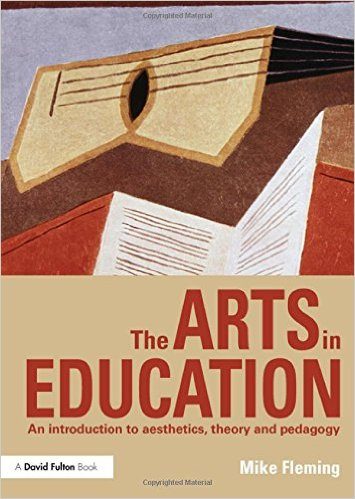https://youtu.be/xj0c6n7Qi9k
Today we had a Primary 6/7 bodied String Orchestra join us. They were able to teach us about the composition of their instruments and the basics of how to play. This was enlightening and inspiring, as the children obviously had been given the skill of music, but also the invaluable skill of confidence. This confidence allowed them to approach adults, work as a team, and deliver a ‘lesson’ to us. Many of the children were eager to share their stories and how being in the orchestra had helped them in places outside of being in that group. For example, many of the children had found it easier to tackle other curricular areas, such as maths, because their sense of rhythm had improved, and this had a knock-on effect to their numeracy skills. They also had the confidence to approach both peers and teachers with things they were struggling with because they had learned that any task is possible with enough effort. Their team-working skills had also greatly improved and this led them to be more autonomous (understanding that lots of people could come together to create one ‘big picture’ through hard work), responsible and respectful in all areas of life; children who once distracted others’ learning were now willing to be patient and respectful.
This impacted me as a student teacher because I was inspired by how receptive the children were to be in an extra-curricular activity such as this orchestra, and I was also inspired by their mature understanding of the impact that the orchestra had on their confidence and skills. As a Grade 7 violinist, this is something that I have been passionate about since I was the age of some of these children, so it was particularly nice for me to see so many children impacted. When I was in school, we didn’t have any programmes like these, and I feel it would have been incalculably beneficial to my playing to have learned to play as a group/in an orchestra from as young an age.
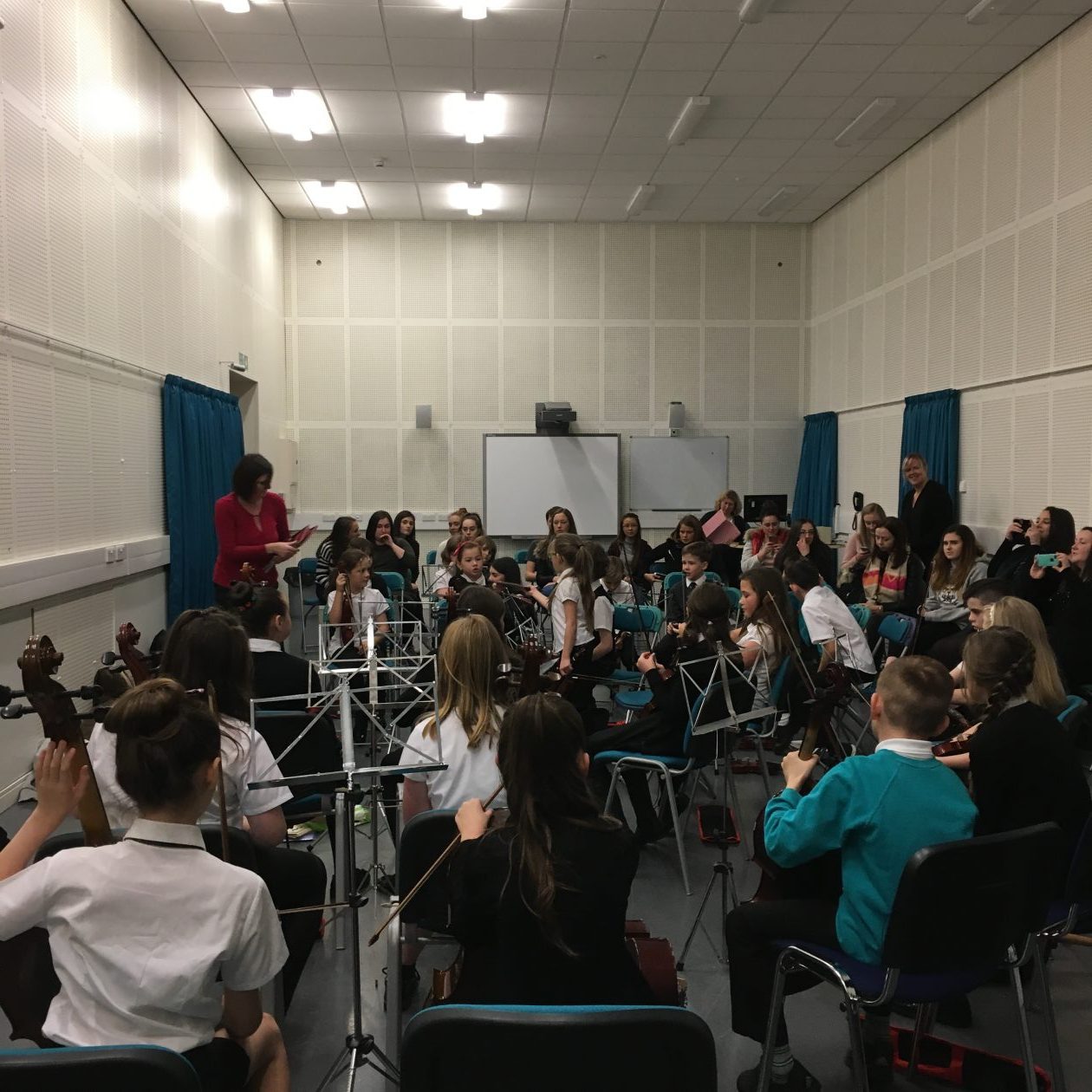
In drama, we learned the definitions of: hot-seating, mime, improvisation, thought-tracking, still image, thought tunnel, freeze frame, teacher-in-role, mantel of the expert and role on the wall. Below is our group role on the wall for the story we listened to. The story was about a scared girl and her boisterous brother (as role on the wall works best for opposites). We chose to interpret the boy half-way-through the story, then make amendments/add to things as the story goes on. I found that the more we wrote, the more we had to say. With every phrase we wrote down, we could think of more phrases that linked to that, giving us a wider understanding of the character and the ability to consider and understand someone else’s emotions. This teaches children that the surface only shows so much, and that how a person appears isn’t always how they are/how they mean to come across. This also teaches children that they can all view a character (or each other) in different ways. For example Child 1 may be viewed differently by Child 2 or Child 3 and this may be dependent on Child 2 and 3’s previous life experiences.
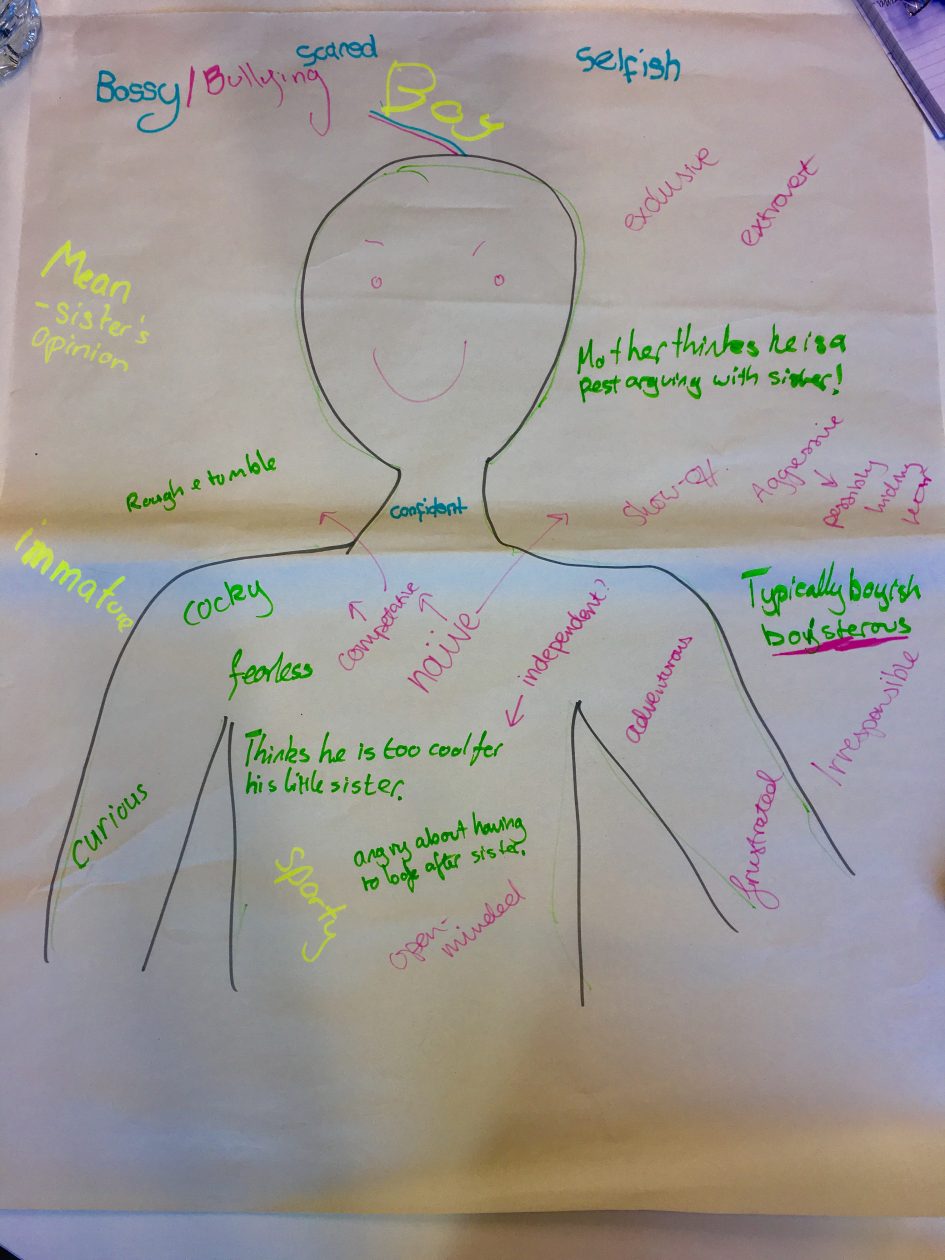
After further reading, I have also found that “Whatever methodology or instructional programme is used, demand critical thinking” and to “use familiar metaphors and experiences from the children’s world to connect what they already know to school knowledge” (Dowdy, J. et al, 2011).
Dowdy, J., Abbot-Shim, M., Briggs, L. and Woodhall, T. (2011) Playing For Character Development. In: Dowdy, J. and Kaplan, S. (eds) Teaching Drama in the Classroom [Online] Ohio: Sense Publishers. Available: Springer Link. [Accessed: 01 November 2016].
